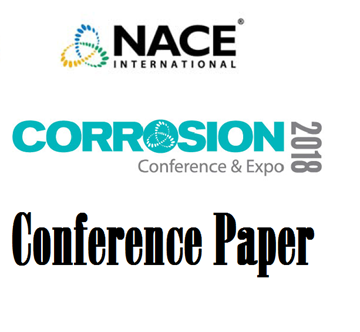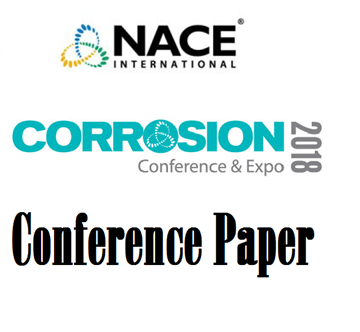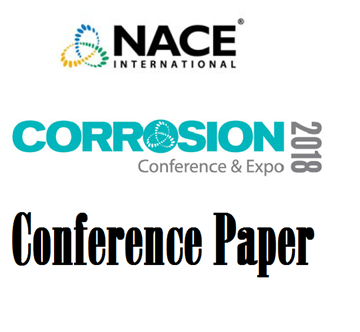Search
51318-11202-Costs and Benefits of Systematic Corrosion Control for a Major Municipality
Also Purchased
51318-11230-Evaluating Cost-Effectiveness of Water Infrastructure Corrosion Control Methods
Product Number:
51318-11230-SG
Publication Date:
2018
$20.00
51318-11064-Application of Indirect Condition Assessment Techniques for Buried Water Pipelines: A Case Study
Product Number:
51318-11064-SG
Publication Date:
2018
$20.00
51318-11140-Corrosion Risk and Mitigation in Building Water Systems
Product Number:
51318-11140-SG
Publication Date:
2018
$20.00




